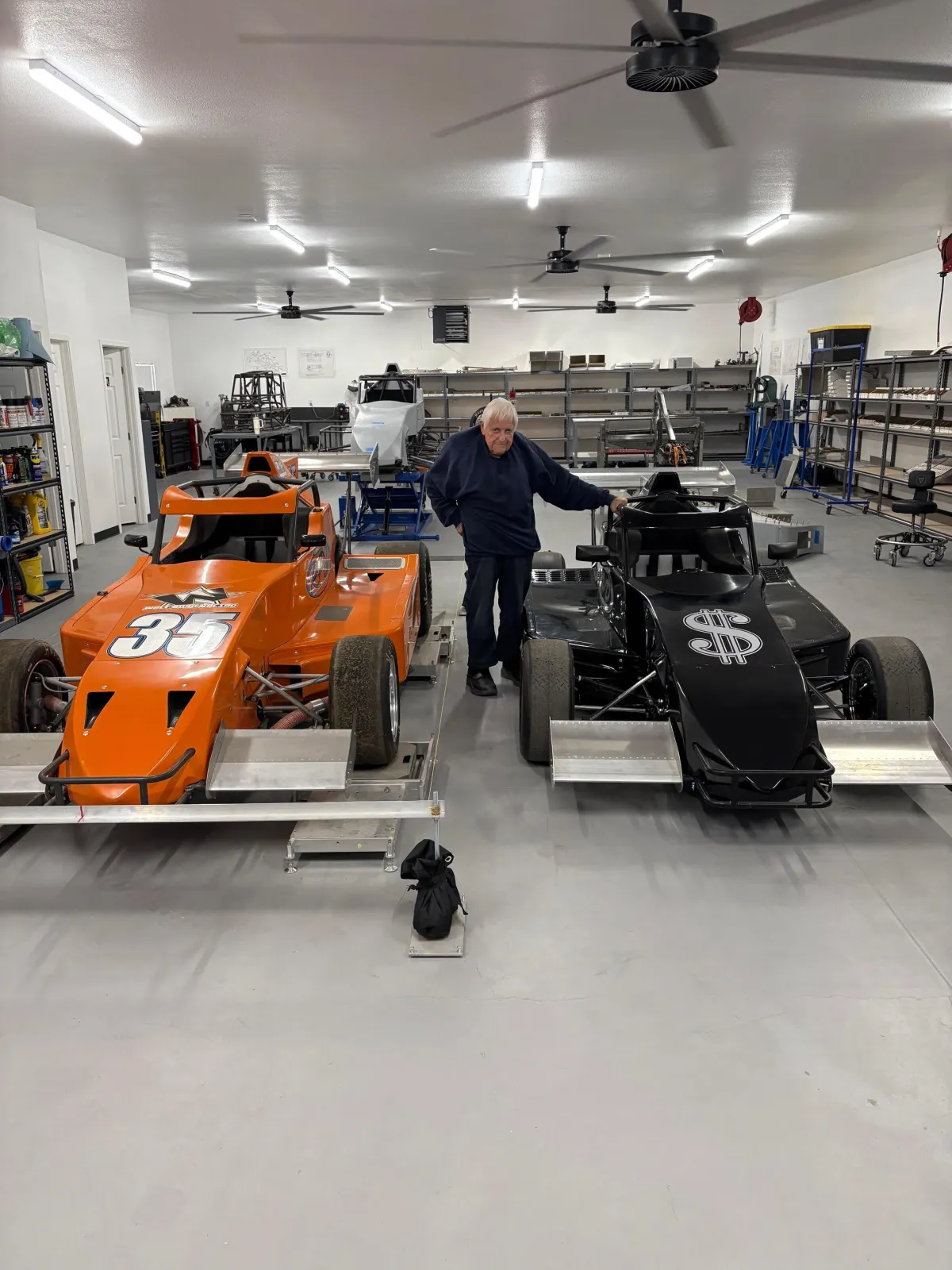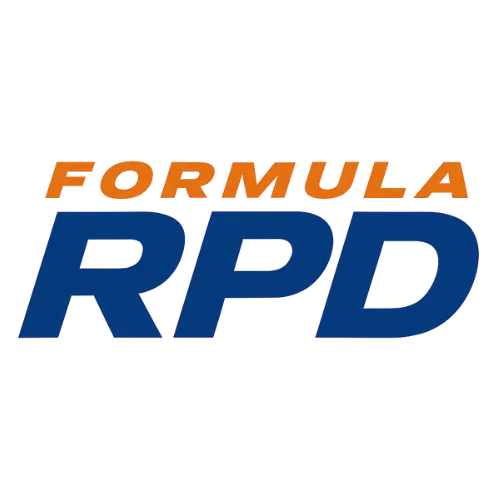Why Formula RPD?
Why Formula RPD?
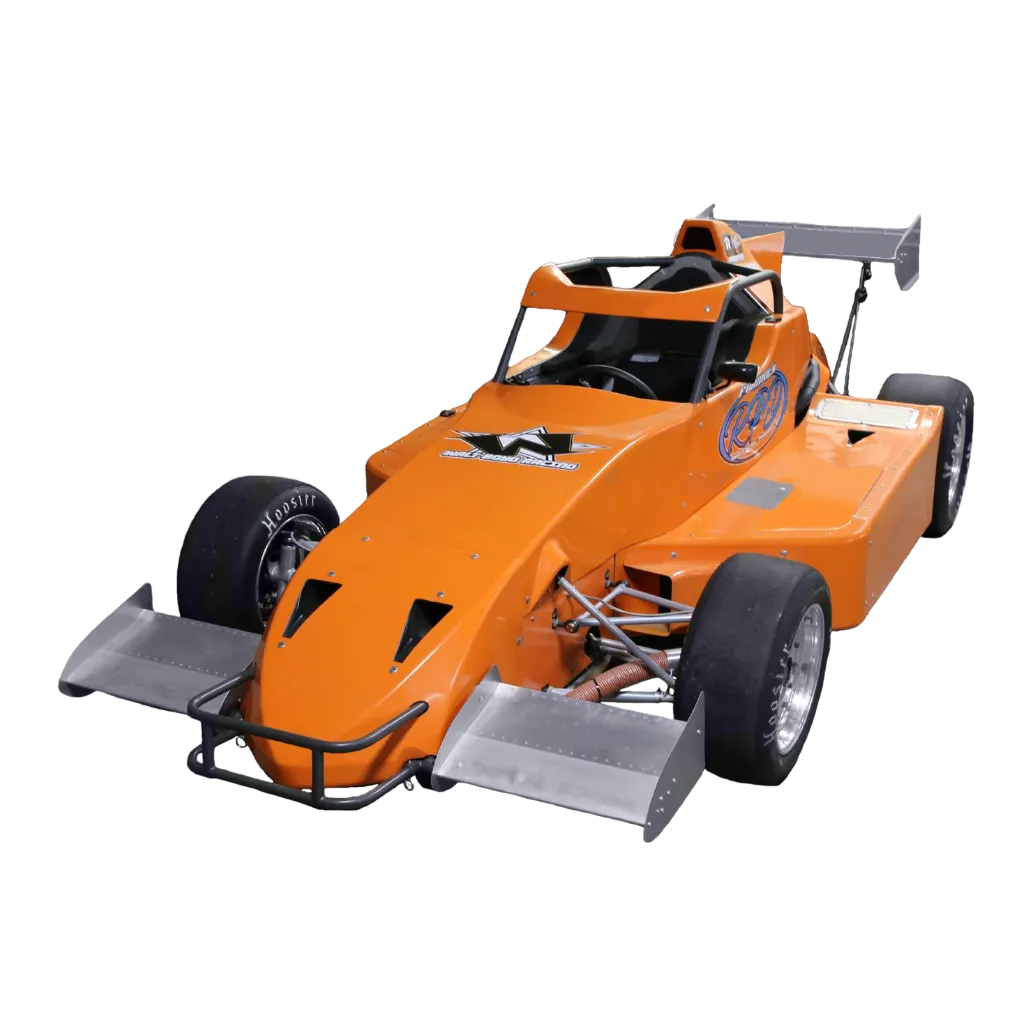
Background
The Tulsa Shootout typically draws over 1,600 entrants! This week-long micro-sprint racing event is held every year right after Christmas in Tulsa, OK.
Micro-sprints (or mini-sprints) are smaller versions of sprint cars. They use motorcycle engines instead of large V-8s. There are several divisions, based mainly on engine size; some cars run with wings and some without.
One very popular class uses a 600cc engine. These cars have upward of 160 horsepower and weigh only about 750 pounds, including the driver. They are serious race cars!
While the exact numbers of micro-sprints and annual races are unknown, the figures are huge.
These cars run mostly on dirt tracks. Although the racing doesn't get the national press coverage of full-size midgets and sprint cars, micro-sprint racing is a very popular sport.
No doubt some drivers are content to continue racing these cars. However, many have their sights set on climbing the ladder to the top echelons of dirt track racing: full-size midgets, sprint cars, and USAC Silver Crown cars.
Midgets and Sprints—including their "winged" versions—represent one of the purest forms of motorsport, where the driver is the primary factor. They are also incredibly fast and fun to watch.
If that is your goal, micro-sprints are the place to start.
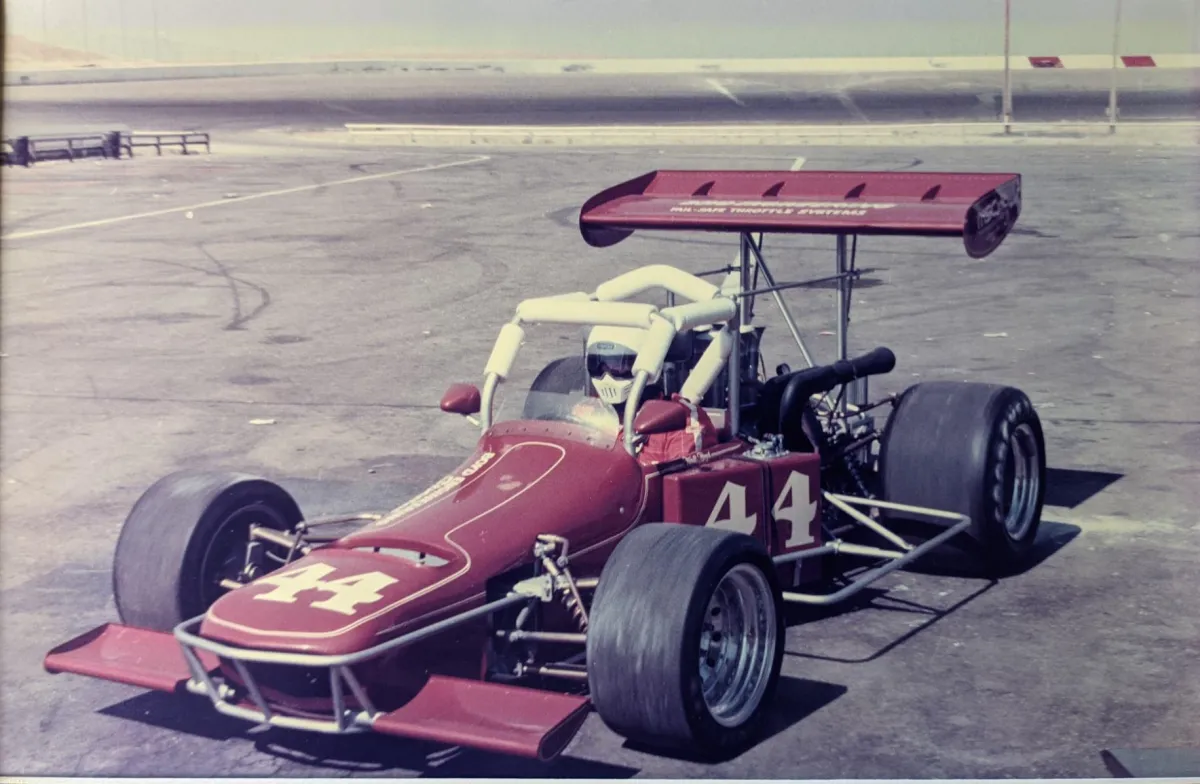
formula 5000
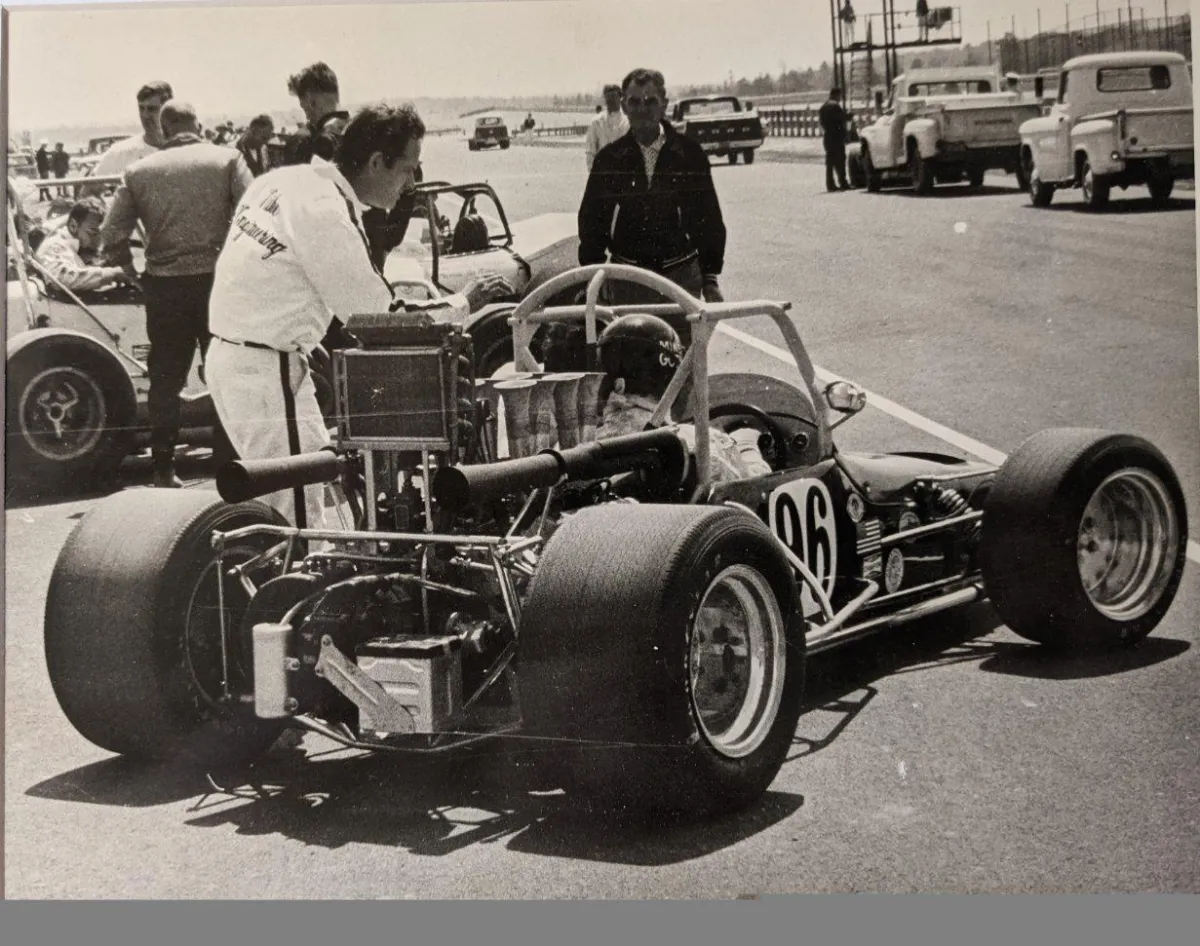
same car as a sprint car
OK, But How Does That Relate To Formula RPD?
It relates because Formula RPD is the counterpart to micro-sprint racing for drivers whose dreams and ambitions lean toward IndyCar.
The connection is the use of high-performance motorcycle engines. In most racing classes, the engine is often the single most expensive item. For road racing, the gearbox is another major expense. These motorcycle engines include a six-speed gearbox, a clutch, a starter, and an alternator. They cost about $5,000 from a motorcycle salvage source, and for another $4,000, you can rebuild and modify it to the limit of the rules. That is somewhere between 5% and 10% of the cost of a competitive engine and gearbox for a comparable race car. Furthermore, if you limit the RPM as our rules require, they rarely fail.
Other motorcycle-engine "formula" cars exist, but they are for road racing only, making it difficult to race often enough to gain the experience needed to progress.
Then there is the Indy ladder system, which consists of four classes: USF Junior, USF 2000, USF Pro 2000, and INDY NXT. The SCCA also has a couple of professional formula classes designed as stepping stones to higher levels of racing.
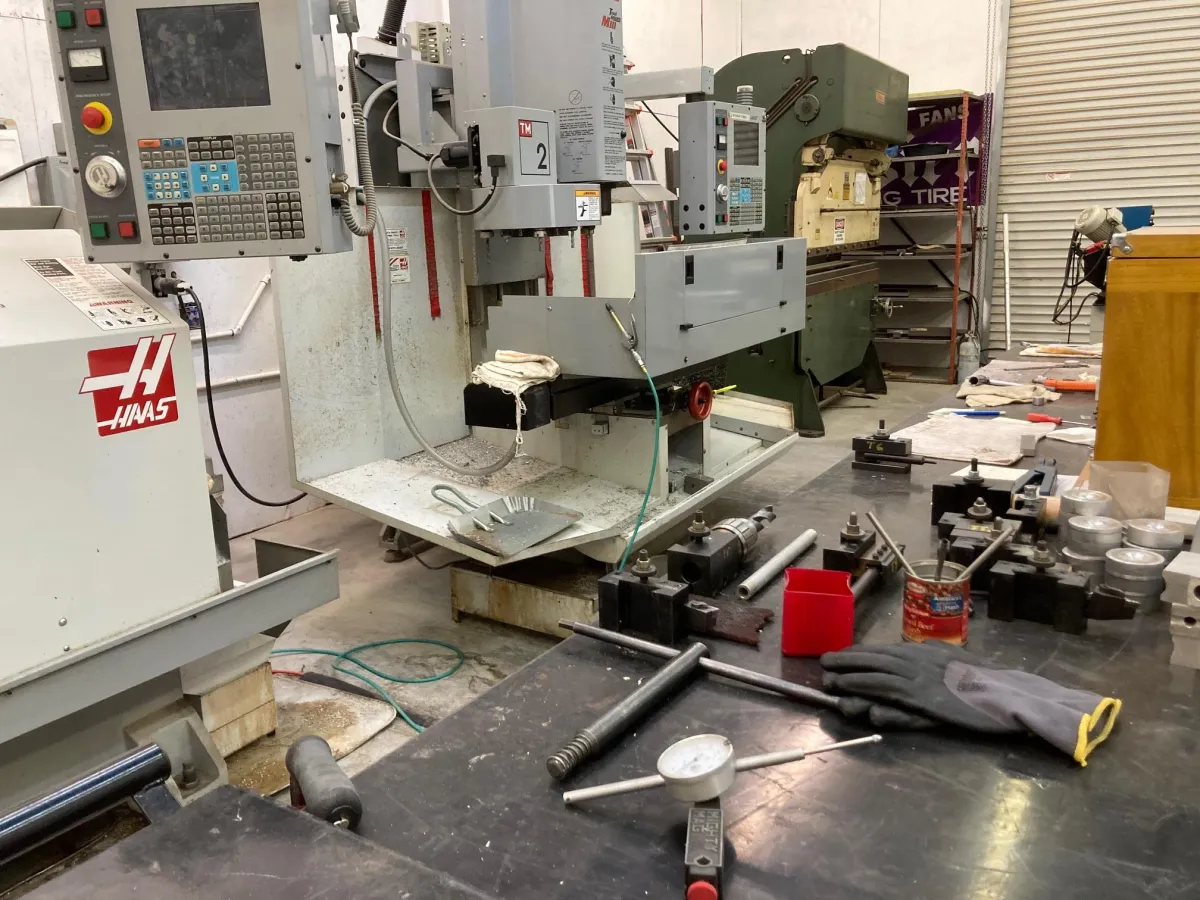
The problem with all these classes is the costs are not within the means of most people:
The initial cost of the racecar and spares is high.
The initial cost of support equipment is high.
Maintenance costs are high.
Crash repair costs are high.
Tire costs are high.
Entry fees and license fees, etc., are high.
Travel expenses are high.
If you work for a living, the time needed away from work is prohibitive.
To be competitive, you need to employ a full-time team.
Even if you can afford it, it is very difficult to race often enough to develop the skills needed to advance.

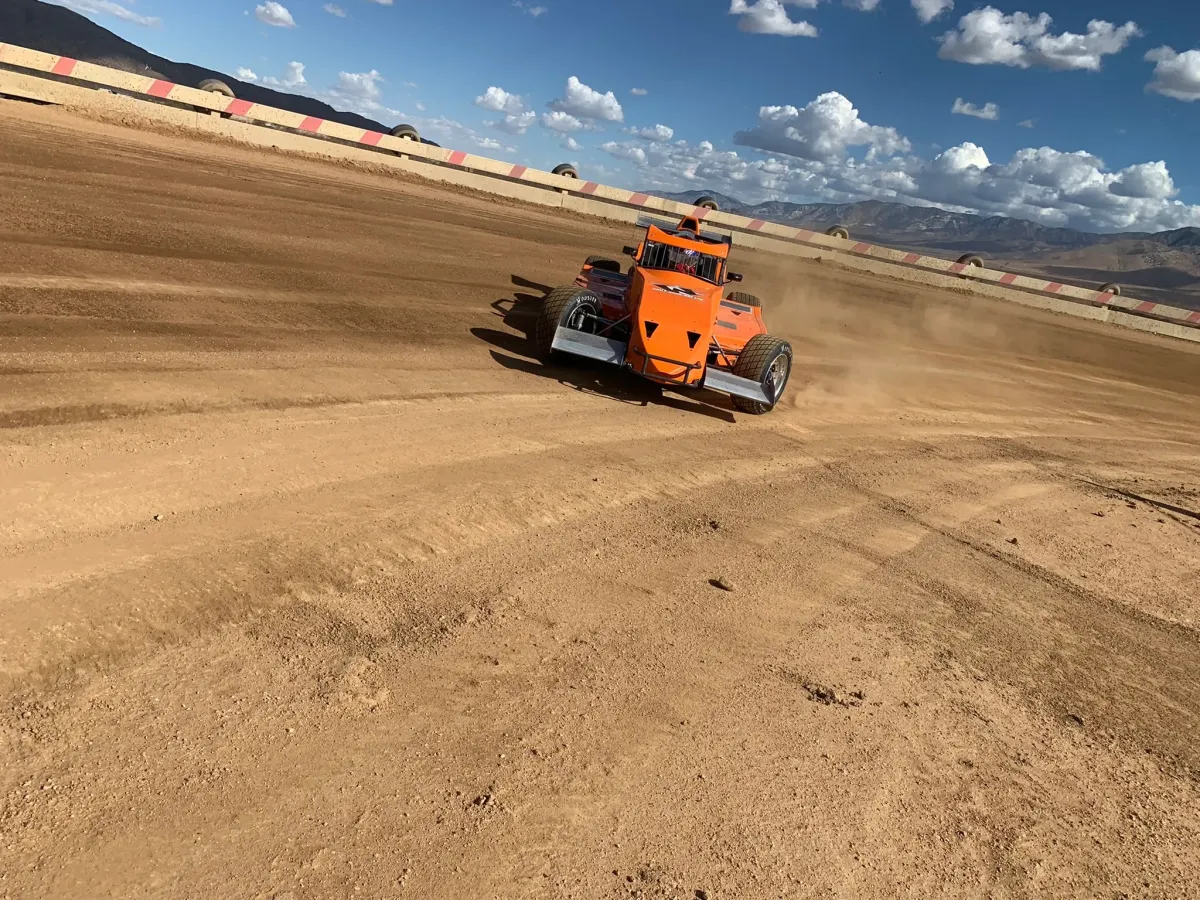
Formula RPD makes racing affordable:
While the initial cost of a rugged car like this is hard to minimize, the ZX14 engine/gearbox cuts about 40% of the initial cost of a comparable race car with a conventional racing engine and gearbox.
Being able to run on all available tracks in a given area can drastically reduce travel costs (fuel, lodging, meals, etc.).
Reduced travel makes it possible to hold down a job and still race almost every week during the season.
The rugged tube-frame construction of this car—necessary for rough short-track racing—makes repairs much less expensive than the monocoque construction of most rear-engine cars.
The ability to run on short-tracks is key to generating revenue to offset costs. "Saturday night racing" at short-tracks attracts paying spectators, which is why these tracks always have a purse. (Road racing also attracts fans, but typically only at major events.)
The spectator base at short-tracks also makes it much easier for racers to get sponsorship, as race fans are a demographic that is easy to cater to.
If Indy car racing is where you want to go, Formula RPD is where to start.
